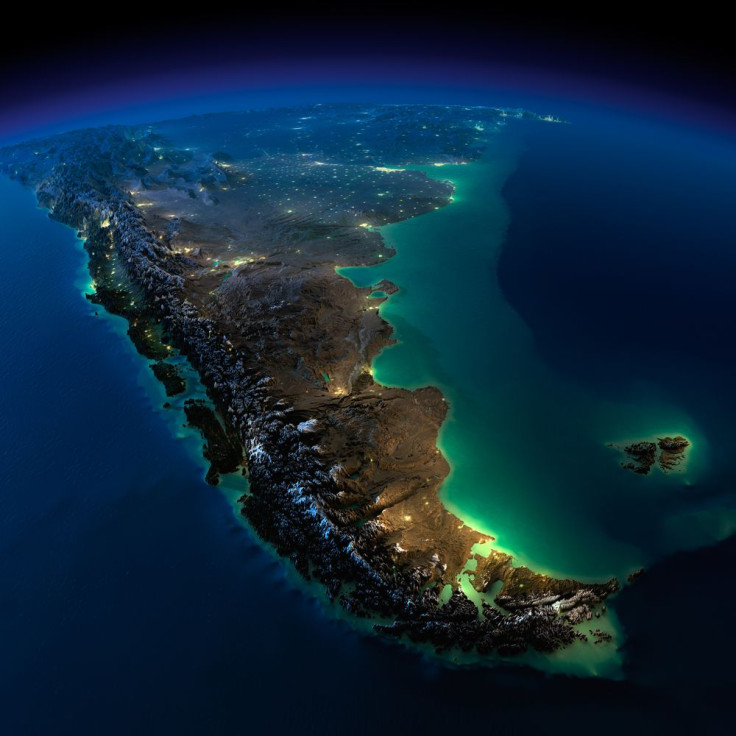
Scientists have made a new discovery earlier this week in Chile's Patagonia: a netword of hidden underground caves which previously inhabited the earliest humans. The discovery of the system of 20 limestone caves is especially significant, as the Chilean and French scientists believe that it can help explain how the continent of South America was formed.
The researchers -- who were on a trip to the Diego de Almagro island as part of a series of expeditions conducted by the French Centre Terre association on the southwest coast of Chile in the Magallanes Regioon -- have uncovered 20 limestone caves. The scientists had to abseil and scuba dive to access the subterranena caves, which are located 165 feet (50 meters) deep.
Once the scientists entered the caves, they found wall paintings and bone fragments from the indigenous Kawesqar people. These leftovers from the Kawesquar people will help scientists date the caves and provide a timeline regarding when humans inhabited them. What's more, the researchers found types of rocks that are typically found in more temperate zones, which will allow them to learn how continents separated.
"You can make models of areas where the continents broke off and this could be one of those spots," said speleologist Natalia Morata, reports Reuters.
Currently, scientists believe that Earth looked drastically different millions of years ago and that continents shifts due to plate tectonics.
© 2024 Latin Times. All rights reserved. Do not reproduce without permission.




